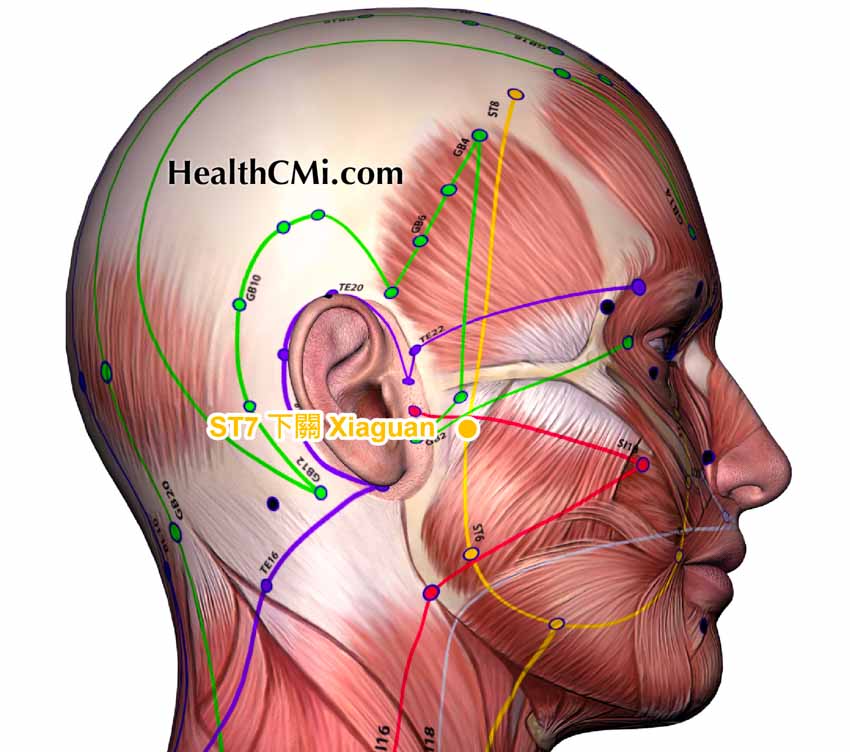Acupuncture integrated with repetitive transcranial magnetic stimulation is effective for the treatment of primary trigeminal neuralgia (PTN). In a recent study, researchers from Hebei Xingtai Rehabilitation Hospital compared the efficacy of treating PTN with electroacupuncture combined with repetitive transcranial magnetic stimulation, regular electroacupuncture, repeated transcranial magnetic stimulation (rTMS), and carbamazepine tablets. The results show that the integrative method outperforms other treatment protocols in terms of alleviating pain, promoting life quality, and improving sleep. [i]
Measurement parameters were recorded prior to treatment as well as at T1 (two weeks after treatment), T2 (four weeks after treatment), T3 (three months after treatment), and T4 (six months after treatment). A visual analogue scale (VAS) was used to assess pain levels, with level 0 indicating painlessness and level 10 indicating unbearable pain.
A brief pain inventory-facial scale (BPI-Facial) and Pittsburgh Sleep Quality Index (PSQI) were employed to assess the effect on patients’ daily life and sleep quality respectively. The results show that rTMS achieved similar outcomes to carbamazepine in treating PTN. When combined with electroacupuncture, treatment yielded better patient outcomes.
The study involved a sample of 120 PTN patients categorized into four groups: an electroacupuncture combined with repetitive transcranial magnetic stimulation group, a regular electroacupuncture group, a repeated transcranial magnetic stimulation group, and a carbamazepine group. There were no significant distinctions regarding patients’ age, gender, or course of condition.
For the integrative group, a prone position on the unaffected side was used for the acupuncture procedure. The acupoints chosen were as follows:
- GV20 (Baihui)
- ST2 (Sibai)
- ST7 (Xiaguan)
- ST4 (Dicang)
- LI4 (Hegu)
- PC6 (Neiguan)
- GB20 (Fengchi)
For patients with pain in the upper jaw, SI18 (Quanliao) and LI20 (Yingxiang) were added. For those with pain in the lower jaw, CV24 (Chengjiang), ST6 (Jiache), and ST44 (Neiting) were added. The Xiaguan point was inserted with the patients’ mouth closed. Needles (0.25 mm × 60 mm) were inserted toward the mastoid process to a maximum insertion length of 2 cun. A lifting and thrusting reducing method was applied to achieve deqi. Size 0.25 mm × 40 mm needles were used at Baihui and Fengchi. Baihui was transversely inserted with a needling depth of 0.5 cun. Fengchi was obliquely inserted to a maximum depth of 1 cun. The other points were inserted using routine methods, with a mild reinforcing-attenuating manipulation added to achieve deqi.
An electroacupuncture device was set to a disperse-dense wave with a frequency of 2/100 Hz. The positive electrode was connected to Baihui. The negative electrode was connected to Xiaguan. Session duration was 30 minutes.
The rTMS treatment was administered with each patient in a seated position. After determining the rest motor threshold (RMT), the primary motor cortex was chosen to receive electrical stimulation at a frequency of 10 Hz. Intensity was set at 80% of the RMT. A time of 0.5 seconds of stimulation were followed by 3 seconds of rest. The stimulation was repeated 300 times for a total of 17.5 minutes.
Electroacupuncture and rTMS were administered daily. When the two treatment types were both employed, electroacupuncture was administered first. Treatment lasted for 4 weeks in total.
The regular electroacupuncture group solely received electroacupuncture and the rTMS treatment group solely received repeated transcranial magnetic stimulation. The carbamazepine group was prescribed 0.1 g carbamazepine, three times daily. If no pain relief was achieved, doses were added, but kept below a maximum amount of 1g/day. Treatment lasted for 4 weeks in total. The study shows that the addition of electroacupucnture to repetitive transcranial magnetic stimulation improves patients’ treatment outcomes.
Reference:
[i] Hu Yehua, Dong Ping, Feng Xinxin, Li Wenwen, Wang Chao, Clinical study of electroacupuncture combined with repetitive transcranial magnetic stimulation in the treatment of primary trigeminal neuralgia, Chinese Journal of Geriatric Dentistry, November 2021, VOL. 19 NO. 6.



